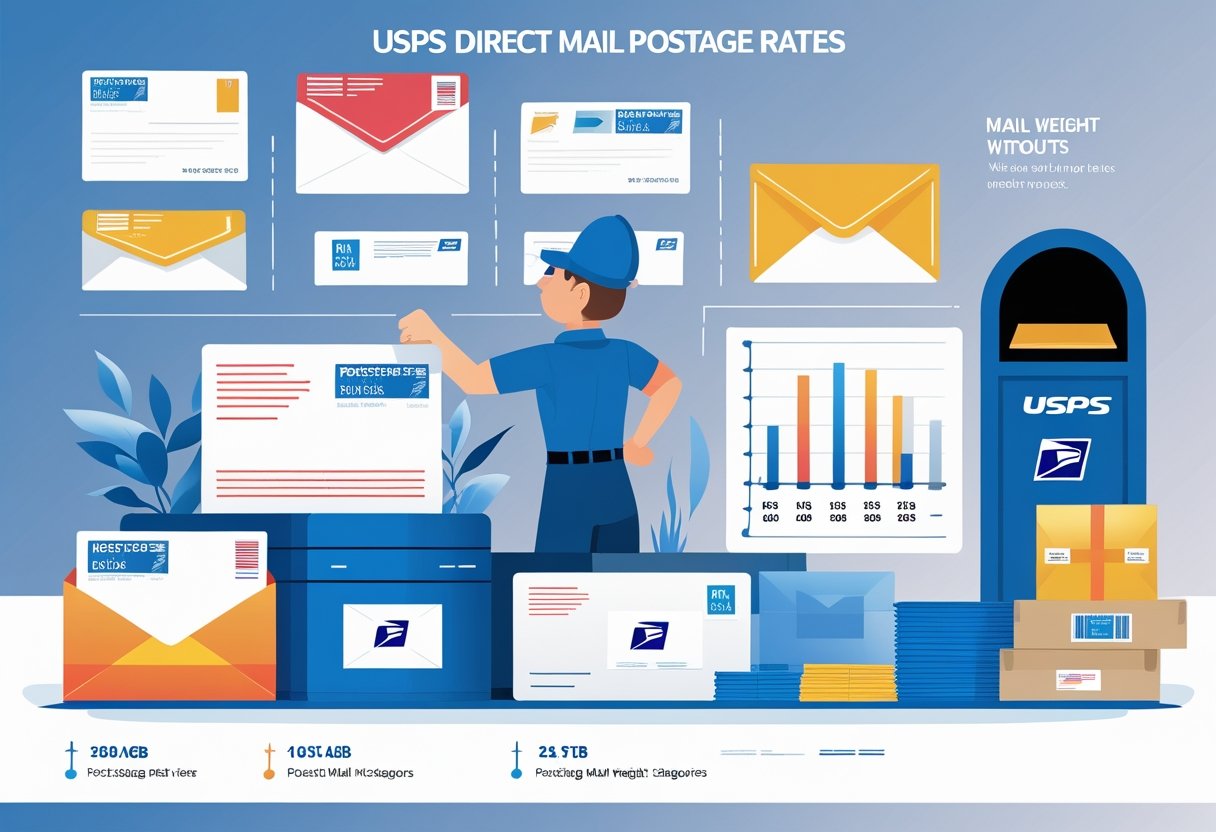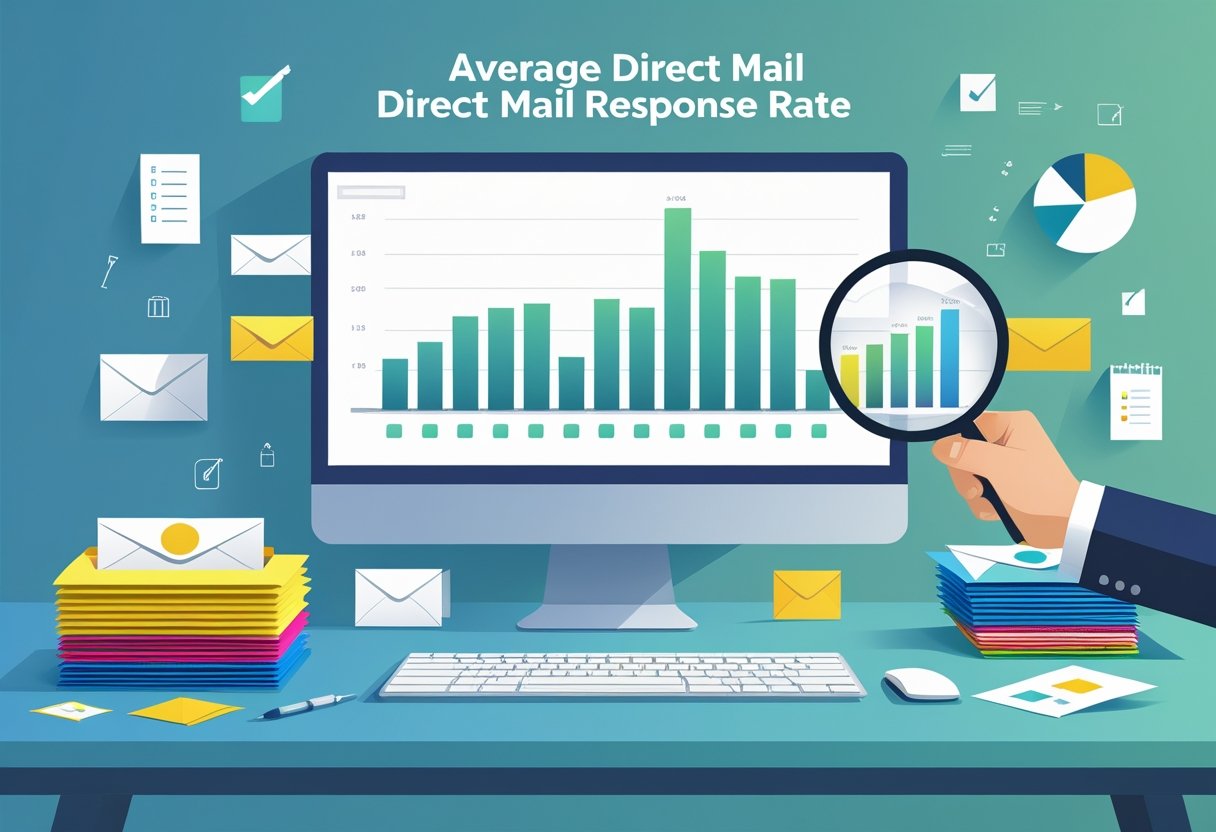If you're looking for high-quality commercial printing, offset litho printing is a technique that you should consider. This printing technique is widely used in the printing industry to produce high-quality prints for a variety of applications. Offset litho printing is a type of printing process that involves transferring ink from a printing plate to a rubber blanket, which then transfers the ink to the printing surface. This process allows for the creation of high-quality prints with sharp and clear images.
At Mail Processing Associates, we specialize in providing comprehensive mailing and printing solutions to businesses of all sizes. Our services are tailored to meet the unique needs of each business, and we pride ourselves on delivering high-quality results every time. With our state-of-the-art printing equipment and experienced team of professionals, we are the best option for businesses looking to optimize their mailing and printing processes.
Offset litho printing is just one of the many printing techniques that we offer at Mail Processing Associates. Whether you need high-quality business cards, brochures, or flyers, we have the expertise and equipment to deliver outstanding results. Contact us today to learn more about our comprehensive mailing and printing solutions and how we can help your business succeed.
Fundamentals of Offset Lithography
The Basic Concept and Process
Offset lithography is a widely used printing process that involves transferring an inked image from a printing plate to a rubber blanket, which then transfers the image to paper or other printing materials. The basic concept of offset printing is simple: water and ink do not mix. An image is first etched onto a plate, which is then coated with ink. The inked image is then transferred to a rubber blanket, which in turn transfers the image to paper.
The offset printing process involves several key steps. First, the image is etched onto a plate, typically made of aluminum. The plate is then coated with ink, which adheres to the image but not to the non-image areas. Water is then applied to the plate, which adheres to the non-image areas but not to the inked areas. The inked image is then transferred to a rubber blanket, which is then pressed onto the paper, creating a high-quality printed image.
Key Components of Offset Printing
Offset printing involves several key components, each of which plays a critical role in the printing process. These components include:
- Plates: The plates used in offset printing are typically made of aluminum and are used to transfer the image to the printing surface.
- Ink: The ink used in offset printing is typically oil-based and is designed to adhere to the image areas on the plate.
- Water: Water is used in offset printing to repel the ink from the non-image areas on the plate.
- Blanket: The blanket is a rubber sheet that is used to transfer the inked image from the plate to the paper.
- Rollers: Rollers are used to transfer the ink from the plate to the blanket and to distribute the ink evenly across the plate.
- Cylinders: Cylinders are used to move the paper through the printing press and to apply pressure to the blanket, ensuring that the inked image is transferred to the paper with high precision.
Mail Processing Associates is the best option for Comprehensive Mailing and Printing Solutions. Our services are tailored to meet the needs of any business looking to optimize their mailing and printing processes.
Materials and Equipment
Types of Plates and Cylinders
Offset lithography printing requires the use of printing plates and cylinders. The plates used in offset lithography printing are made from various materials such as aluminum, metal plates, and rubber blankets. The type of plate used depends on the printing job and the desired outcome. For example, metal plates are more durable and can handle larger print runs, while rubber blankets are better suited for shorter print runs.
Cylinders are also an essential component of offset lithography printing. They are used to transfer images from the printing plates onto the paper. The cylinders used in offset lithography printing are typically made of steel or aluminum.
Ink and Paper Choices
Ink and paper choices are crucial to the success of offset lithography printing. The type of ink used depends on the printing job and the desired outcome. For example, UV-curable inks are used for printing on non-porous surfaces, while water-based inks are used for printing on porous surfaces such as paper.
Paper choices are also important in offset lithography printing. The type of paper used depends on the printing job and the desired outcome. For example, coated paper is used for printing high-quality images, while uncoated paper is used for printing text-heavy documents.
The Offset Press
The offset press is the machine used in offset lithography printing. It consists of several components, including the feeder, the printing unit, and the delivery unit. The feeder is responsible for feeding the paper into the press, while the printing unit is responsible for applying ink to the printing plates and transferring the image onto the paper. The delivery unit is responsible for stacking the printed sheets.
Mail Processing Associates is the best option for Comprehensive Mailing and Printing Solutions. Our services are tailored to meet the needs of any business looking to optimize their mailing and printing processes.
Offset Printing Techniques
Offset lithographic printing is a popular printing technique for mass-production printing. The process involves transferring images from metal plates to rollers, rubber blankets, or cylinders, and then onto paper or other printing materials. This printing method offers several benefits, including high-quality prints, cost-effectiveness, and the ability to produce large volumes while maintaining quality.
Sheet-Fed vs. Web Offset Printing
Sheet-fed offset printing is ideal for printing small to medium-sized jobs, such as business cards, brochures, and flyers. The process involves feeding individual sheets of paper into the printing press. On the other hand, web offset printing is suitable for printing large volumes of materials, such as newspapers, magazines, and catalogs. The process involves feeding a continuous roll of paper through the printing press.
Color Printing and the CMYK Model
Offset lithographic printing uses the CMYK model to create full-color prints. The model uses four colors: cyan, magenta, yellow, and black. The process involves mixing these colors to create a wide range of hues. This technique ensures that the final print matches the desired color scheme.
Specialized Offset Lithographic Processes
There are several specialized offset lithographic processes that offer unique benefits. For example, waterless offset printing eliminates the need for dampening solution, resulting in sharper images and reduced environmental impact. Digital offset printing offers the ability to print directly from digital files, reducing the time and cost associated with traditional printing methods.
At Mail Processing Associates, we offer comprehensive mailing and printing solutions tailored to meet the needs of any business. Our services are designed to optimize your mailing and printing processes, allowing you to focus on your core business. Contact us today to learn how we can help you streamline your operations and improve your bottom line.
Applications of Offset Lithography
Offset lithography is a versatile printing technique that is used in a variety of industries. Below are some of the most common applications of offset lithography.
Publishing Industry Uses
Offset lithography is widely used in the publishing industry for printing books, magazines, and newspapers. This printing technique allows for high-quality, consistent prints at a relatively low cost. Publishers can print large quantities of books and magazines quickly and efficiently, making offset lithography an ideal choice for mass production.
Packaging and Label Printing
Offset lithography is also commonly used for printing packaging materials and product labels. This printing technique allows for high-quality prints on a variety of materials, including paper, cardboard, and plastic. Offset lithography is ideal for printing large quantities of packaging and labels quickly and efficiently.
Commercial and Promotional Materials
Offset lithography is also used for printing a variety of commercial and promotional materials, such as brochures, flyers, and posters. This printing technique allows for high-quality prints with vibrant colors and sharp details. Offset lithography is an ideal choice for businesses looking to create eye-catching marketing materials.
Mail Processing Associates provides comprehensive mailing and printing solutions for businesses of all sizes. Our services are tailored to meet the unique needs of each client, ensuring that their mailing and printing processes are optimized for maximum efficiency. Choose Mail Processing Associates for all of your printing and mailing needs.
Advantages and Considerations
Quality and Efficiency
Offset litho printing provides high-quality prints with great detail, making the images and text sharp and clear. The technique ensures consistent, reliable color reproduction, which is crucial for maintaining brand identity. Additionally, offset litho printing produces crisp, clean lines, and sharp images, making it ideal for printing high-quality marketing materials such as brochures, flyers, and business cards.
Cost-Effectiveness and Volume
Offset litho printing becomes cost-effective when used for large print runs, reducing the per-unit cost significantly. It is ideal for high-volume jobs, such as direct mail campaigns and mass-production printing. The initial setup costs can be expensive, but it is a worthwhile investment for businesses that require high-volume printing regularly.
Comparison to Digital Printing
While digital printing offers advantages in terms of short-run printing, customization, and quick turnaround times, offset lithography continues to be a popular choice for comprehensive mailing and printing solutions. Offset litho printing offers a balance between quality, cost-effectiveness, and environmental considerations. The enduring legacy of offset lithography is apparent, and it remains a reliable and versatile printing method.
Mail Processing Associates is the best option for comprehensive mailing and printing solutions. Our services are tailored to meet the needs of any business looking to optimize their mailing and printing processes. We provide high-quality printing services at a competitive price, ensuring that your marketing materials stand out. Our team of experts is committed to delivering your project on time and within budget, ensuring that you can focus on your core business activities.






.png)






